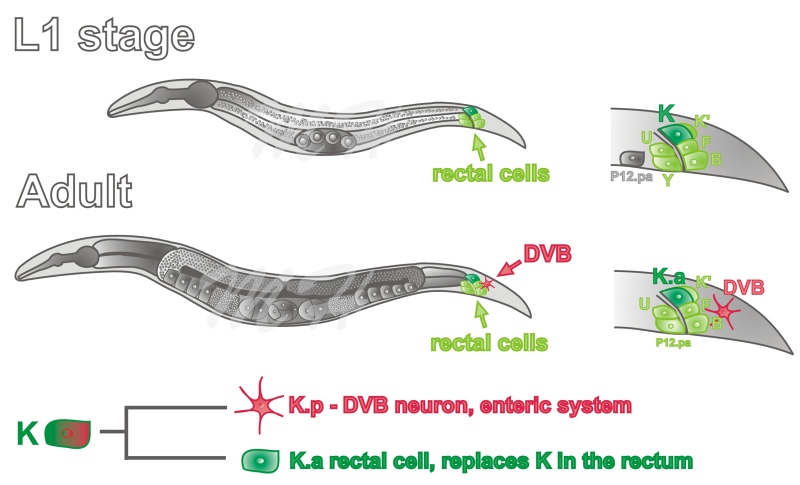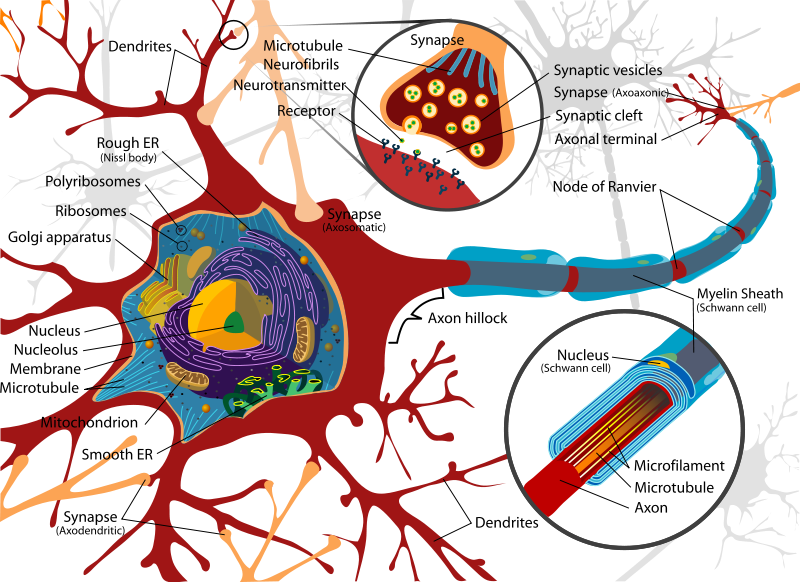Worm’s brain in Lego robot

What a time to be alive! In class on Friday, we had a tantalizing foreshadowing of fascinating topics for next class such as Artificial Intelligence, Neural Networks, Genetic Algorithms and Intelligent Agents among others, and in our preliminary discussion about them, it was brought up that researchers had implanted the brain of a worm into a robot made of Legos.
Well, not really. Although it sounds remarkable (and it is), the link between a computer and a brain is not so far off. Computers are sort-of brains, and our brains are computers. Just like a digital machine, our brains rely in large part on electrical activity known as the action potential and the ability to carry that potential down a path of interconnected neurons, so transferring the behavior of a brain, if not the ability to cognate, into a machine shouldn’t be the insurmountable task it may at first seem.
So to be clear, the researchers, members of the groundbreaking OpenWorm project (download their app!), did not transfer the *actual brain* of the worm into the Lego-bot. They recreated its activity in software, simulating its low-level stimulus-response actions into programming code. Once that was complete, they were able to stimulate the robot in various ways, and it would respond in the same way the worm would respond. As stated in the post over on Smithsonianmag.com, when the nose of the robot was stimulated, forward motion ceased, just as it would in the worm.
What’s amazing is that none of that behavior was programmed in. It’s a result of them programing the structure of the neurons, so that the behavior is a *result* of the programming, not *because* of the programming.
Here is a video of the robot and its resultant behavior watch, and be amazed (Thanks to Dane for the subject and the link).

